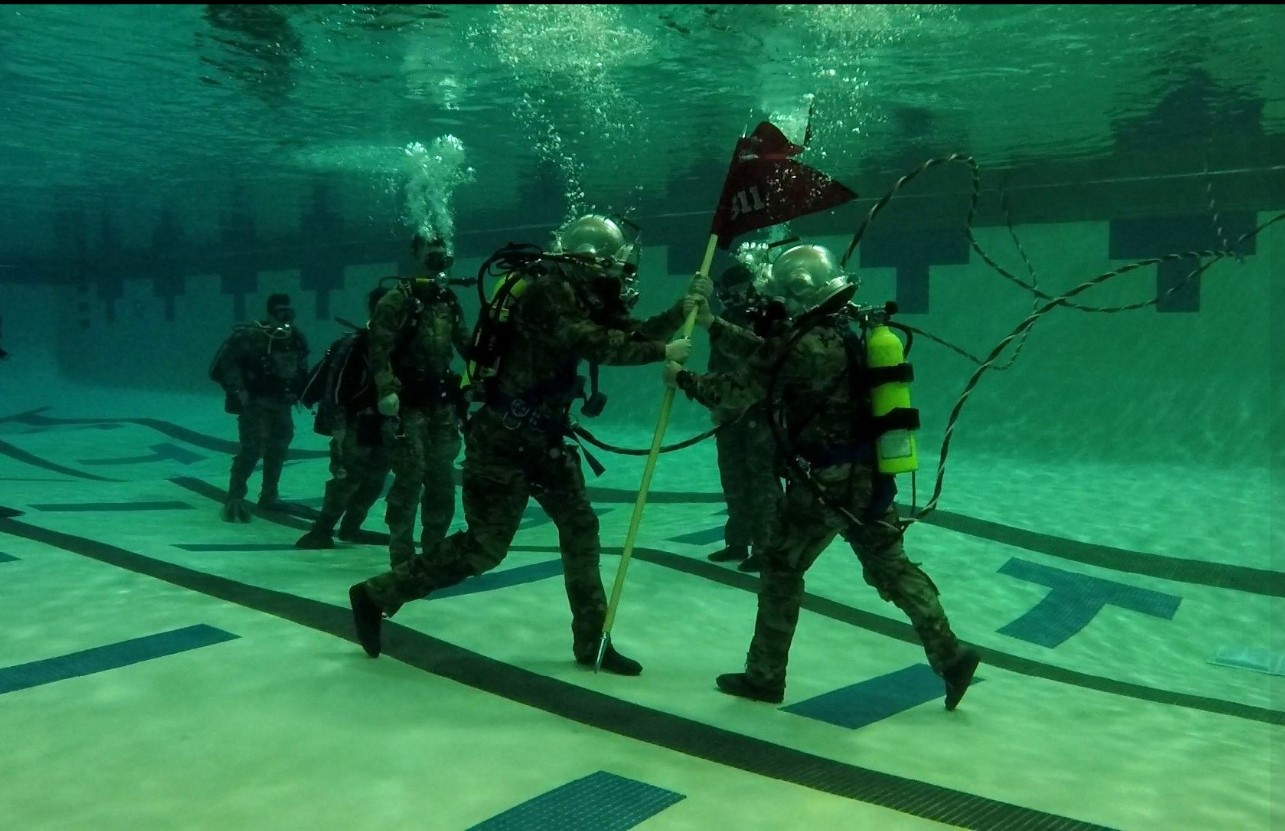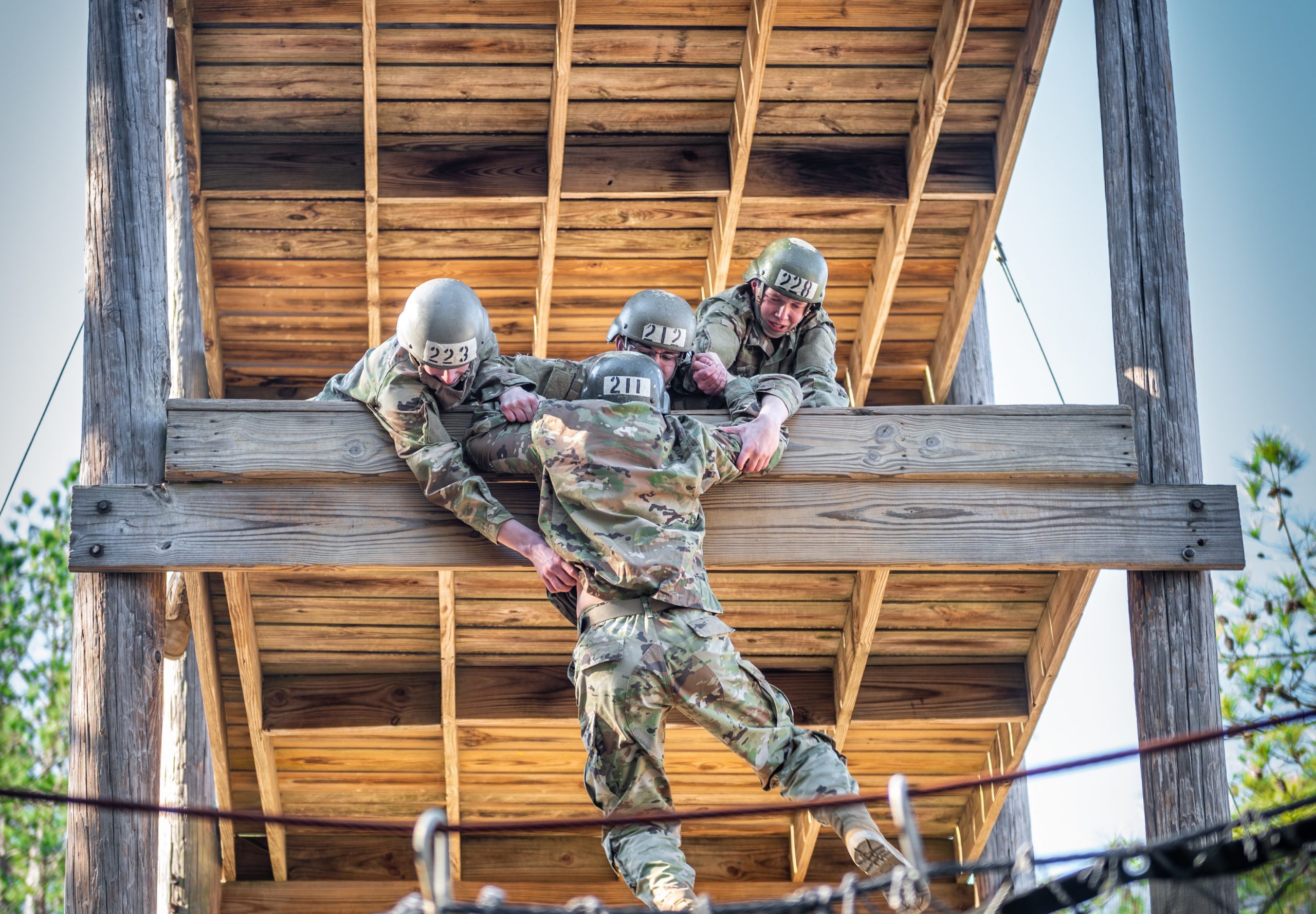Planning your KD Complete Broadening Assignment – From Diving in the Persian Gulf to Spearheading the Army’s Transition to Cloud Computing

During my time in Kuwait, scrolling through assignments on AIM 2.0 became my daily battle rhythm; I was five months out from returning to Fort Eustis, and upon returning, my time as Executive Officer for the 74th Engineer Dive Detachment would sunset. Like most post-KD engineer LTs, I could easily fill a position within the Battalion S3 or within USACE. Both options provide valuable experience, but I wasn’t convinced that either assignment was right for what I wanted to learn over the next couple of years. After weeks of tabbing assignments based on location, job description, and unit, I realized that I needed a better way to discern what assignment was right for me.
Picking a post-KD assignment can be tough; this is the first time a young officer has equity on where they go and what they do, but how do you make this decision when all you’ve known is TRADOC and one unit? For me, step one was to figure out what I wanted to gain from an assignment—skills, experience, network, etc. This required me to evaluate where my Army career had taken me thus far and identify the skills I needed to develop as a future Commander. I found it helpful to talk with my Battalion Commander, Detachment Commander, and mentors on what skills they felt I needed to refine, and insight on what skills would best prepare me for command. DA PAM 600-3 also has helpful information for the skills an officer should acquire; there are separate appendixes to 600-3 for each MOS, allowing an officer to see what skills their branch values most in Captains. Lastly, I asked myself where my interests lay, ensuring I would find my job engaging throughout the assignment. After the discussions with mentors and the self-reflection, I landed on two main subjects that I hoped to cover with a broadening assignment. I wanted to find an assignment that would put me closer to where the Army developed technology and an assignment that would help me see how the Army shapes high-level orders.
How did I reach these two subject areas?
My time in the dive community left me with much to desire in terms of learning more about the crossroads between operational units and cutting-edge technology. My unit was geographically dislocated from my Battalion, so tiny issues, like accessing Battalion data, plagued our operating tempo. After investing many evenings researching better ways to collaborate, I gained an interest in the technology that higher headquarters Army units were working on, and I wanted to join these efforts. I then developed a desire to learn more about how the Army shaped orders during my time in Kuwait. My operations in Kuwait were dictated by a couple of mysterious orders developed by ARCENT years prior, and much of the dive field leadership couldn’t figure out the rhyme or reason for certain aspects of the orders. For other junior officers, your motivation for a broadening assignment will be largely shaped by your personal experiences and input from mentors, friends, etc. If you’re an FA Officer who routinely deals with delayed information, an interest for you may be, “I want to better understand how higher headquarters collects and disseminates intelligence.” For a distribution platoon leader who often deals with long delays in getting supplies, you may be interested in learning about large logistical efforts at a higher level. For whatever interests you have in your KD assignment, find the top two or three and work on finding an assignment that provides the opportunity to dive into these areas. If you’re struggling to discern what experience would be best for you, talk with your leadership, mentors, or request an Army Leadership Coach—a new program where the Army has a community of coaches that provide free leadership coaching for young leaders.
Identifying the Right Assignment Based on Your Interests
After identifying my top interests, it was time to find an assignment that provided an experience overlapping both. Unfortunately, as wonderful as AIM 2.0 is, I still needed to put in time researching each position, hoping to find one that aligned best with my interests. I started reading articles on technology development within the Army. Throughout these articles, I learned about organizations within Army Futures Command and the Chief Information Office, two organizations that have many Agencies working on cutting-edge technology. I took this information and filtered AIM 2.0 by “Unit” to these specific organizations and found multiple roles for post-KD lieutenants. For some interests, researching articles may not be effective. Instead, I encourage you to look up Flem B Walker III’s article “Broadening Opportunities for KD Complete Lieutenants” on The Center for Junior Officers; CPT Walker writes a wonderful article on finding broadening assignments and talks about different resources available.
Don’t wait to start identifying assignments a couple months out from when you want to apply. If you have the time as a second lieutenant or young first lieutenant, identify these positions well over a year out. Identifying these positions further out, enables you to contact the incumbent, figure out the timeline of the assignment, and what training, or education, can make you competitive for this assignment. After knowing this information, you can build your career timeline with the assignment and training needed to be a competitive candidate. A classmate of mine, who is also an Engineer Diving Officer, completed his broadening assignment with the 75th Ranger Regiment; when I asked him for insight on applying for his broadening assignment, he explicitly mentioned the value of having the prerequisites already done by the time the application window was open. Planning early and plotting your assignment aspirations on a career timeline will also show your leadership that you are serious about this opportunity, and you will likely receive more support to get the training necessary.
Applying for the Assignment
After narrowing down the right assignments and preparing for them, the next step is to work on applying for them. Using the contact information on AIM for the S1 and incumbent officer, reach out again when the time is closer to express that you are applying. I had maintained an open dialogue with the incumbent throughout the process, allowing me to ask questions about the assignment as they arose. I encourage young officers to not be dismayed if a job does not show as “open” in the far-right column, since some units can flex timelines for the right candidate, especially if you have reached out in advance as mentioned above. With that said, it’s also not a bad idea to check both open and closed assignments, if there is an assignment that is closed, but would be the best assignment for you, it does not hurt to reach out to the contact listed and see if there is flexibility with the opening. For my assignment, the posting was branch immaterial but had a blurb stating a preference for a signal or cyber background. I asked the Agency what I could do to make myself competitive and they gave me some courses I could take. After a month, they slotted me for the role. I had to work with HRC since the fill date was before I re-deployed, but fortunately it worked out and I reported shortly after arriving back at Fort Eustis. I share these last details to re-iterate my comment encouraging young Officers not to worry about small details, like report date, branch preference, etc. This is also why it’s important for young officers to plan early for the career timeline, so they have time to communicate with HRC and the contacts at their desired assignment.
The Army’s goals for Aim 2.0 are to best match the needs of the Army with the interest of the officer, and with that, I encourage young officers to seek out where their interests align with the skills that they offer the Army. Remember to do the following: identify your interests, engage with mentors, research options, plan effectively, build a career timeline, and pursue your desires aggressively. Starting these steps early will give a junior officer a better chance of having a broadening assignment that is engaging, beneficial, and most of all, rewarding.
CPT Swartz is an Engineer Officer who served as a Engineer Dive Detachment Executive Officer to both 511th ENG Dive Det and 74th ENG Dive Det before working for the Office of the Chief Information Officer as a product manager for enterprise level SecDevOps tools.



